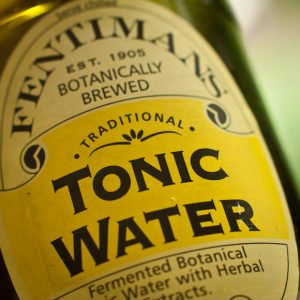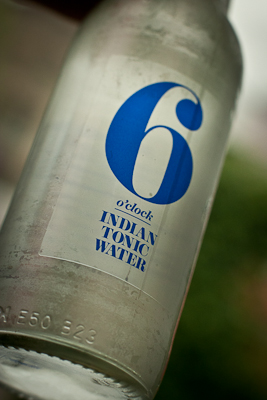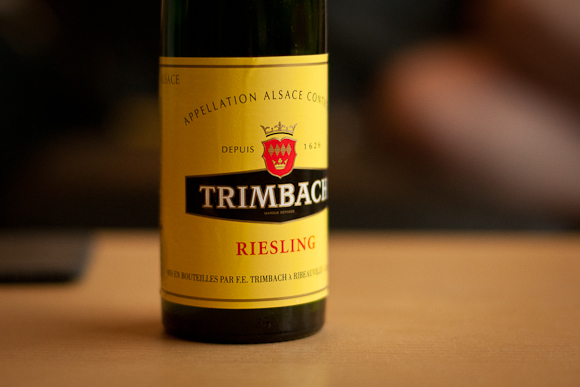 ‘Remove cardboard sleeve and peel away plastic film.’
‘Remove cardboard sleeve and peel away plastic film.’
It sounds simple enough, doesn’t it? But, honestly, they may as well have said, ‘Remove cardboard sleeve and give Vladimir Putin a blowjob’, for all the chance I have of accomplishing their instruction with any modicum of ease or pleasure.
I’ve written before about my intense dislike of cellophane that fails grotesquely in its sole goddamn interaction with the customer. But that doesn’t mean I can’t write again. I mean, Christ. Collectively, think of the time humanity wastes on attempting to peel off a plastic seal and instead peeling off a ludicrous thread of plastic from around its rim, repeating this process at each of the carton’s four corners, before (defeated, humiliated) grabbing a knife and slashing psychopathically at the bastard cellophane until our collective shirts are spattered with ragu sauce that looks for all the world like blood.
Time that could be put to better use in — oh, I don’t know — curing cancer or eradicating poverty or watching the latest episode of Sherlock.
Oh, that Sherlock. He wears a nice dressing gown, doesn’t he? (Declare an interest? Me? Piss off.)
But don’t just think of the time. Think of the fucking psychological despoliation wreaked by this supposedly peelable cellophane. Whole generations demoralised by their inability efficiently and rapidly to prepare a godforsaken ready meal (the very words themselves a hollow mockery — for this now ungrippably-cellophanated carton in front of me couldn’t be any less ready); to follow even the unglamorous preparatory instruction — mere prelude to the complex matrix of oven types and temperatures, and frozen vs chilled states. When we see growth rates in the developed world stalling and purchases of pre-prepared food rising, do we not pause to consider the relationship between the two?
JUST AS SODDING WELL, THEN, that I have a half-bottle of Hugel Pinot Gris, 2010 (The Wine Society, £6.95) to calm my cellophane-rage. A sluicing of very pleasant-tasting alcohol to numb my brain to the injustices and indignities of the food packaging regime — analogous, one might venture, to an autocrat’s cynical pampering of an emerging middle class with the finite proceeds of a natural gas boom whose days are numbered.
SEE WHAT I DID, THERE? YOU MIGHT HAVE MISSED IT, BECAUSE IT WAS QUITE SUBTLE. RE-READ THE ABOVE PARAGRAPH IF YOU’RE NOT SURE.
It’s nice, Hugel Pinot Gris. Of the Wine Society’s praiseworthy array of half bottles (several of which I’ve written about already), it’s one of my favourites. I like the way it lies, deliciously inert (like a coma coated in syrup), in your mouth. The way it rings out with fruit, but leaves your tongue free of that ganky aftertaste of the sugary muck that often gets called ‘fruity’.
(Speaking of which — fuck. When you’re pretty much living off wine from TWS and Waitrose, you sometimes forget just how goddamn withering a bad white wine can be. I was in a pub, the other week, and forgot myself to the degree that I actually ordered a glass of white wine — somehow extrapolating from the fact that most wine I drink is quite nice a kind of rule that all wine I choose to drink will therefore be nice. A rule whose inherent fallacy was pitilessly exposed by said pub and its vinous offering.)
Hmm. Somewhere between talking about presidential fellatio and rotten pub wine, I was doing a kind of wine review, there, wasn’t I? Christ alive. Sorry about that. We’ve dispensed, haven’t we, you and I?, with any kind of flimsy, cellophane-esque pretence that you’re here for in-depth or nuanced alcoholic commentary. The commentary of an alcoholic, maybe. But not alcoholic commentary. So let’s leave it at this. Hugel Pinot Gris. Easy to open (if you have a corkscrew). Doesn’t cause you to flail around with a kitchen knife. And definitely tastes better than my ready meal.
Not to mention Putin.

















